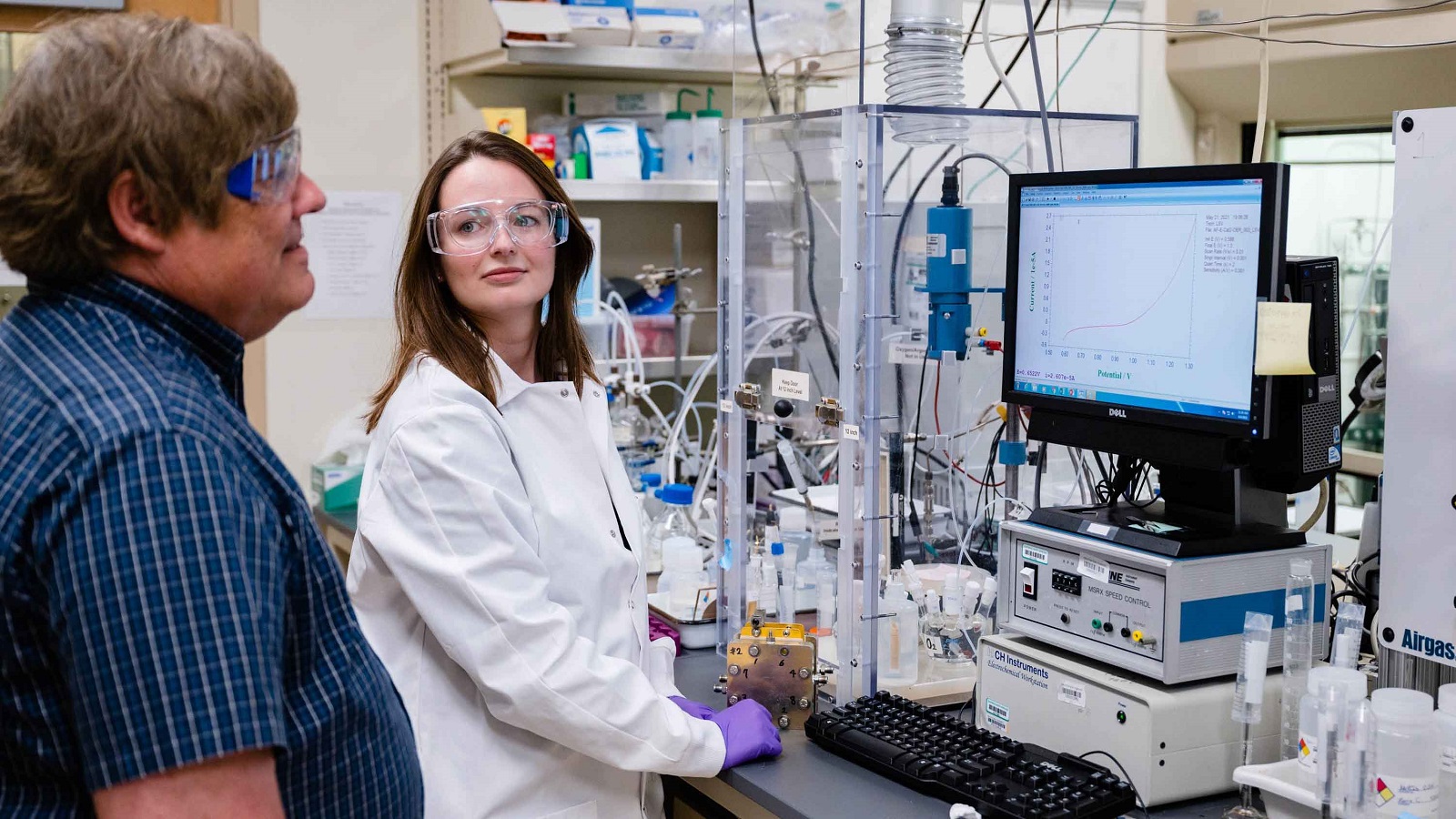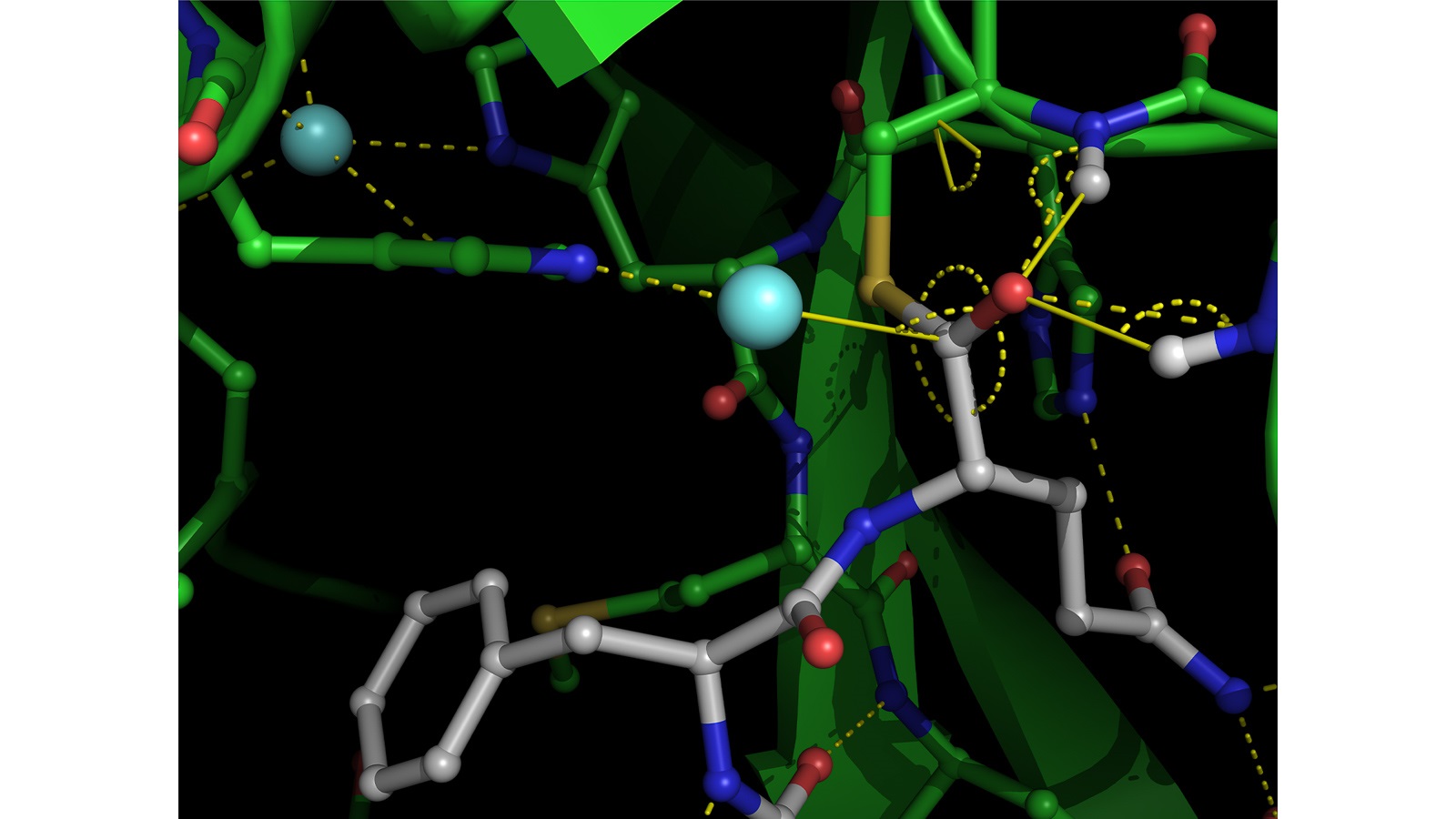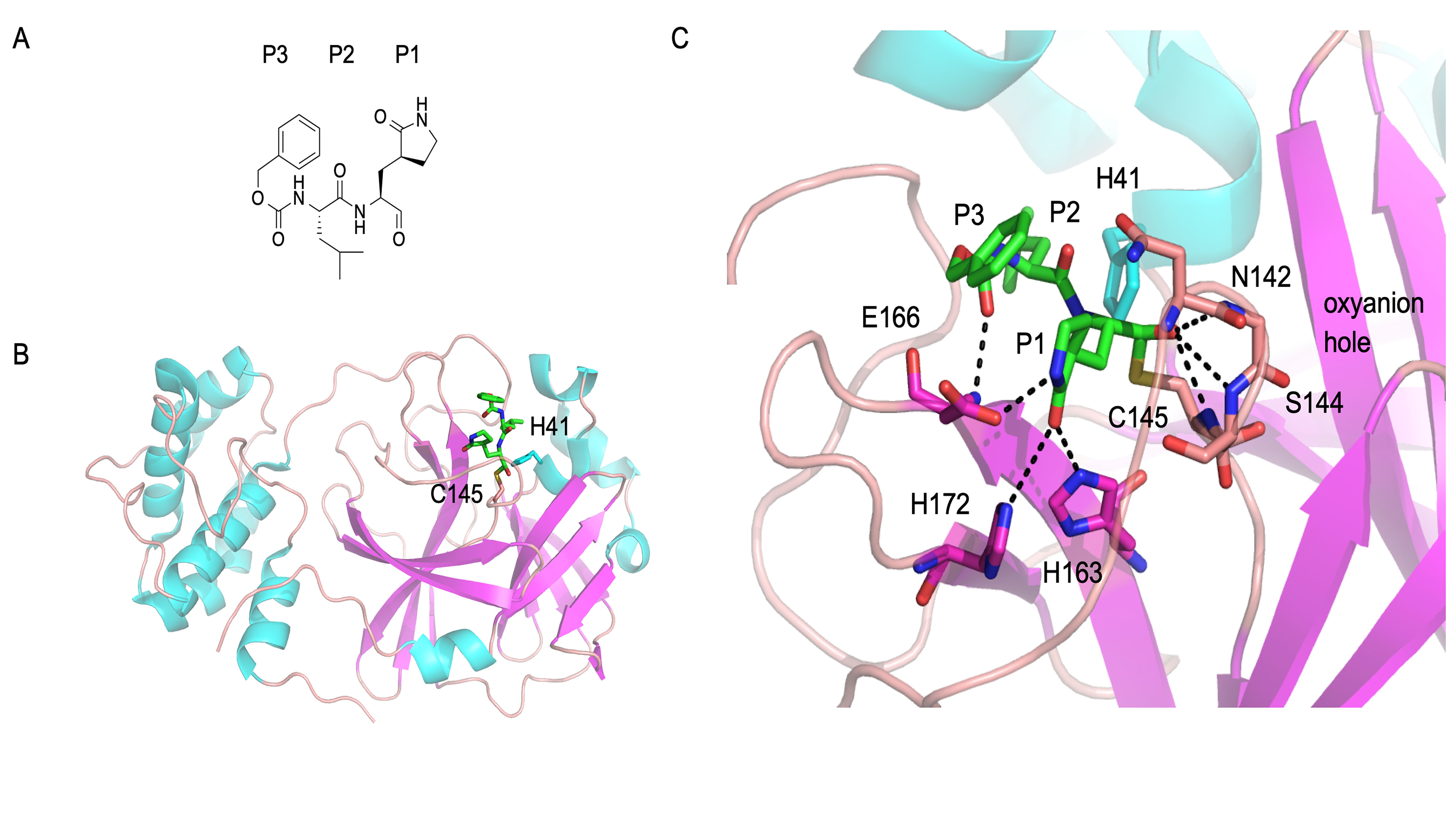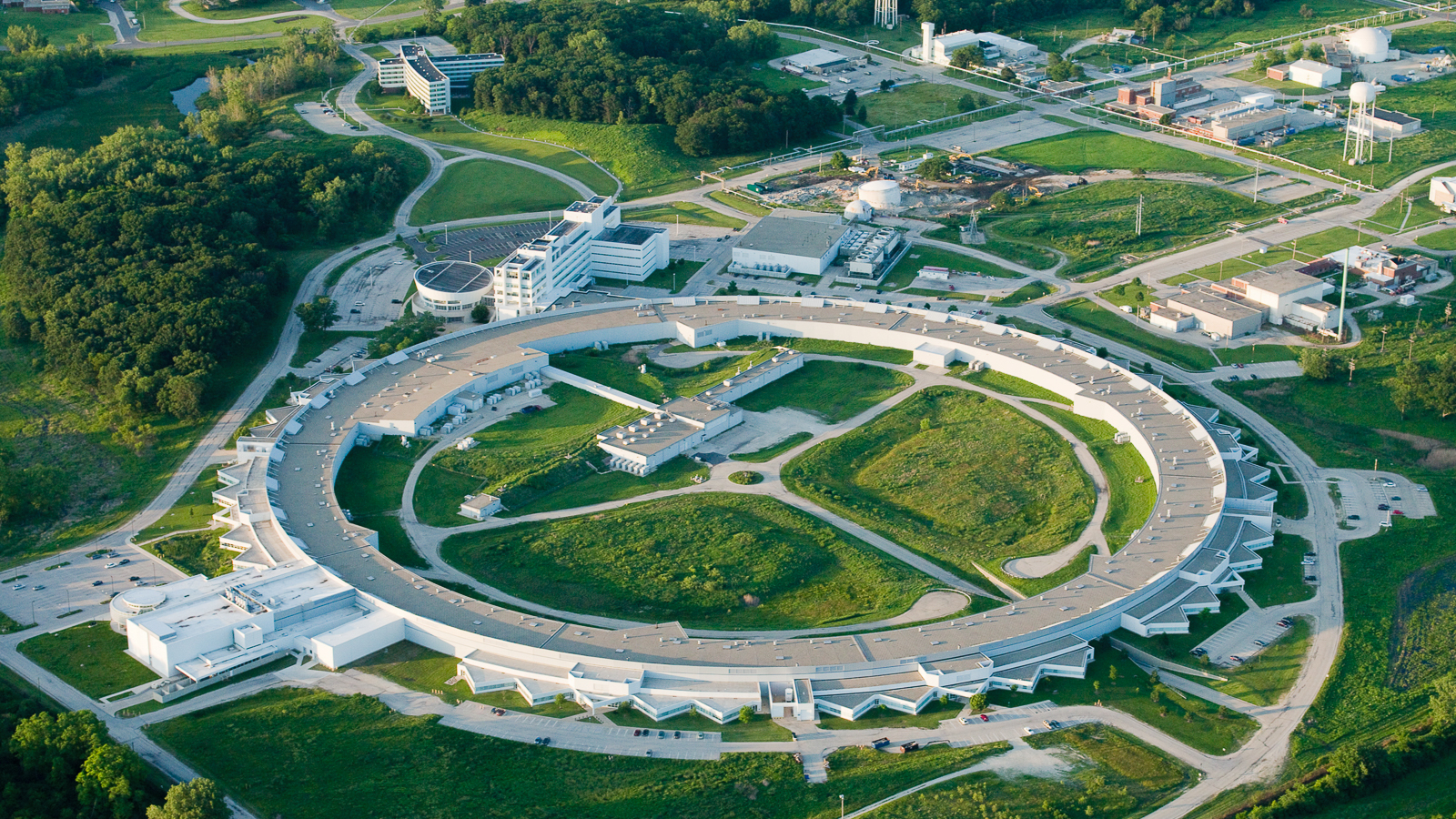The 74th ACA Meeting will take place July 7-12 at the Denver Marriott Tech Center. From developing new drugs, to engineering novel materials for electronics, to guiding unprecedented vaccines and biological insights, ACA2024 will highlight the golden future for structural science and bring together a diverse community of experts from around the world to share scientific discoveries and advancements that impact economies, health care, and everyday understanding of the natural world.
Tag: Crystallography
Not all calcite crystals are as perfect as they appear
Researchers used complementary imaging techniques to explore the impact of synthesis approaches on the nanoscopic internal structure of apparently perfect calcite particles, which has implications for contaminant sequestration and carbon storage.
Insecticide-Resistant Mosquitoes Prompt New Look at Bed Nets
Modern mosquito bed nets also come with insecticidal compounds embedded into the fibers that keep mosquito populations down. In recent years, however, insecticide-resistant mosquitoes have curtailed the nets’ effectiveness.
A Head Start on the Next Pandemic
Investigating viruses with spillover potential could give us a head start on the next pandemic and minimize its severity; one such virus is RshTT200, discovered in Cambodian bats in 2010. During ACA’s 73rd annual meeting, July 7-11, Samantha Zepeda from the University of Washington will present her team’s investigation into RshTT200. The team used cryo-electron microscopy to solve the spike protein structure. Once the spike proteins were understood, they built harmless, nonreplicating pseudoviruses expressing the spike proteins to investigate how RshTT200 accesses human cells.
Killing Cancer in a Flash
FLASH is a targeted radiation therapy that kills tumor cells while sparing healthy tissue and delivers a short, intense burst of radiation in a single appointment. Corie Ralston from Lawrence Berkeley National Laboratory will present her team’s research using X-ray footprinting mass spectrometry to investigate the mechanisms that make FLASH a powerful cancer killer at ACA’s 73rd annual meeting, July 7-11.
Three Argonne researchers inducted into AAAS
John Mitchell, Valerie Taylor and Lisa Utschig were selected by the American Association for the Advancement of Science (AAAS) to be inducted as fellows.

Entrepreneurship program at Argonne National Laboratory opens applications for startups
Chain Reaction Innovations, the entrepreneurship program at Argonne National Laboratory, is accepting applications for its next fellowship cohort.
Shark antibodies may have the teeth to stop COVID-19
Tiny antibodies in sharks have dexterity and flexibility that human antibodies do not. They can bind tightly to the spike proteins of coronaviruses and neutralize the virus. This could help researchers develop new vaccines and therapies for COVID-19.
Deconstructing the Infectious Machinery of SARS-CoV-2
Scientists from three national labs have published a comprehensive study that – alongside other recent, complementary studies of coronavirus proteins and genetics – represents the first step toward developing treatments for COVID-19.
Advanced Photon Source helps reveal how antibodies bind a molecule linked to cancer
Researchers have developed antibodies that can bind to phosphohistidine, an unstable molecule that’s linked to cancer. To learn how the two bind together, the team turned to the powerful X-rays at Argonne’s Advanced Photon Source. These new insights into its structure will help scientists design better antibodies for potential treatments.
Shiny mega-crystals that build themselves
An international team led by Empa and ETH Zurich researchers is playing with shape-engineered nanoscale building blocks that are up to 100-times larger than atoms and ions. And although these nano “Lego bricks” interact with each other with forces vastly different and much weaker than those holding atoms and ions together, they form crystals all by themselves, the structures of which resemble the ones of natural minerals. These new mega-crystals or superlattices that are depicted on the cover of the latest issue of “Nature” exhibit unique properties such as superfluorescence – and may well usher in a new era in materials science

Caught in the act: New data about COVID-19 virus’s functions could aid in treatment designs
For the first time, a team of researchers has captured X-ray images of a critical enzyme of the COVID-19 virus performing its function. This discovery could improve design of new treatments against the disease.

The Odd Structure of ORF8: Scientists Map the Coronavirus Protein Linked to Disease Severity
A team of biologists who banded together to support COVID-19 science determined the atomic structure of a coronavirus protein thought to help the pathogen evade and dampen response from human immune cells. The structural map has laid the groundwork for new antiviral treatments and enabled further investigations into how the newly emerged virus ravages the human body.

Socially distanced chemistry for kids: Join the U.S. Crystal Growing Competition!
“Now, more than ever, with so many kids being at home, they need fun, hands-on scientific activities,” says Jason Benedict, contest founder, dad, and an associate professor of chemistry in the UB College of Arts and Sciences.

Coronavirus Drug for Cats Has Potential Use for COVID-19 Virus in Humans
Researchers at the University of Alberta say a protease in SARS-CoV-2 can be targeted with a drug that is also used to treat feline infectious peritonitis, a fatal infection in cats caused by a coronavirus. The drugs, dipeptide-based protein inhibitors, could be used to slow or stop replication of the COVID-19 virus in humans. During the 70th annual meeting of the American Crystallographic Association, Joanne Lemieux will outline how the drugs are strong candidates for the treatment of human coronavirus infections.

Staff at Berkeley Lab’s X-ray Facility Mobilize to Support COVID-19-Related Research
Berkeley Lab’s Advanced Light Source X-ray facility has been recalled to action to support research related to COVID-19, the coronavirus disease that has already infected about 2 million people around the world.
Brookhaven Lab Mobilizes Resources in Fight Against COVID-19
Scientists and staff at the U.S. Department of Energy’s (DOE) Brookhaven National Laboratory are marshalling their expertise, unique facilities, and other key resources in the battle against COVID-19.

Argonne’s researchers and facilities playing a key role in the fight against COVID-19
Argonne scientists are working around the clock to analyze the virus to find new treatments and cures, predict how it will propagate through the population, and make sure that our supply chains remain intact.